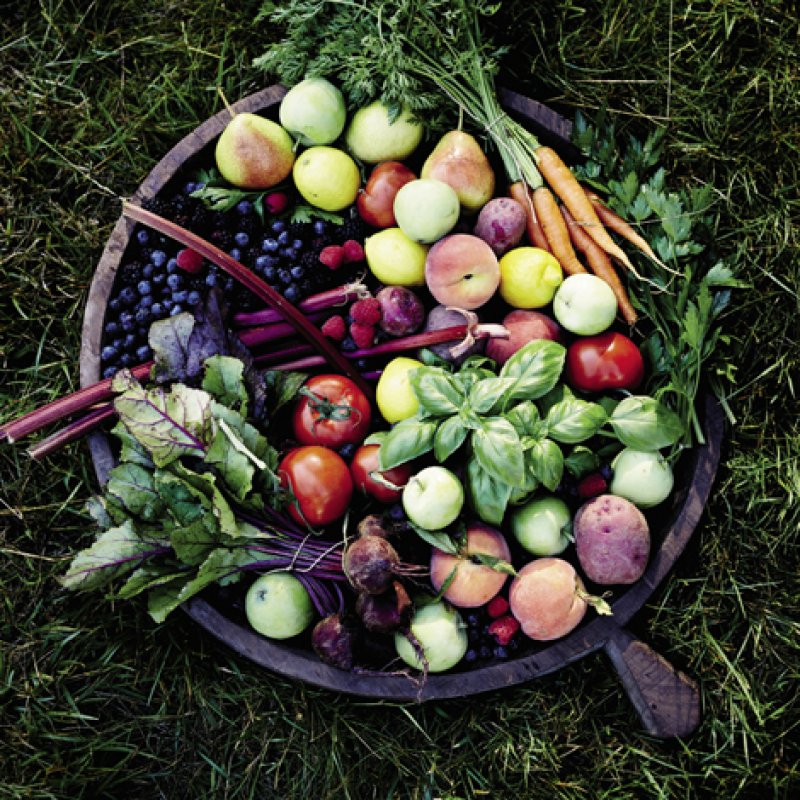Reap What You Sow
Reap What You Sow: A local gardener and home cook team up to offer tips and recipes from a drinkable landscape
DeNeice Guest and Nan Chase just raised the bar on DIY edible garden projects. While some of us are lucky to squeeze a few herbs out of our plantings, the authors of Drink the Harvest, debuting in early June, challenge gardeners and home cooks to make juices, teas, syrups, and even wines, meads, and ciders from the bounty in the backyard. Think watermelon syrup to drizzle over Greek yogurt and strawberries, vibrant raspberry-esque prickly pear juice, refreshing birch water, healthy hibiscus tea, or an ethereal dandelion wine.
Guest, a former NASA scientist and educator and creator of the 45 recipes presented in the book, developed one of her earliest juices out of a desire to go beyond the usual canning and jam-making. Upon moving into Asheville’s leafy Kennilworth neighborhood, she discovered that a crab apple tree in her front yard yielded an enormous harvest. She knew she wanted to do something with all those tart little fruits, but what?
“I personally do not care for crab apple jelly; my great aunt used to make the stuff, and it was atrocious,” explains Guest, who tried making juice instead by boiling, straining, and preserving the fruit. “It was delicious, and oh so good with vodka.” By the end of that summer, Guest had a cupboard full of canned juices and the desire to create a drinkable landscape. For the book, she teamed up with Chase, who’s an avid Asheville gardener and author of Eat Your Yard (Gibbs Smith, 2010).
While growing a beverage garden might sound like a project for only the very green-of-thumb, Chase and Guest hold that just about anyone can find something worth utilizing in their yard, and the book provides tips for what to plant and plenty of step-by-step instructions for juicing, canning, preserving, and fermenting what you grow.
Equipment size and quantities of ingredients are perhaps the only stumbling blocks for beginners. A bumper crop of peaches one year challenged even Guest’s largest bowl and colander. But the recipes can be scaled up or down, depending on what’s available. For a small garden, herb-infused syrups are the easiest. Small amounts of fruit can be cooked with herbs, strained, and made into flavored simple syrups that have a long shelf life, or transformed into sodas for the kids or cocktails for adults.
“I find that with a drink-the-harvest outlook, there’s less and less waste in the yard,” notes Chase. “Every little bit of any crop—even a handful of fruit or a single bay leaf—can be utilized.”
Here, we offer three excerpts from Drink the Harvest that may just inspire a new hobby.
Meet the Authors
Drink the Harvest
presentation & book signing
June 14, 7 p.m.
Malaprop’s Bookstore & Café
55 Haywood St., Asheville
(828) 254-6734
